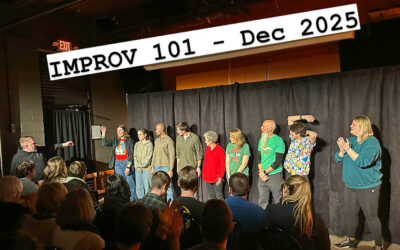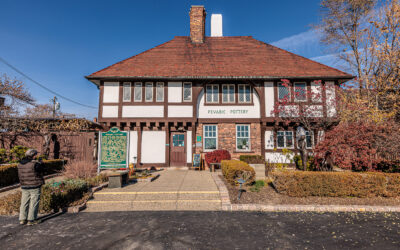The National Morel Mushroom Festival & morel hunting seminar is led by Tony Williams, 5 time National Morel Hunting champion and gifted storyteller.
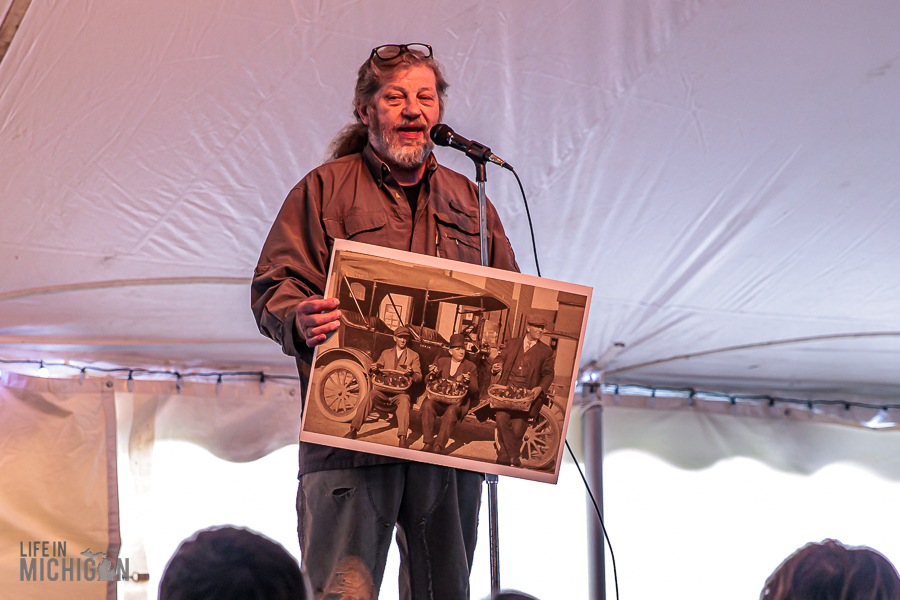
This is the “Year of the Festival.” Sort of like the Year of the Dragon but different, with a Michigan twist. Think of it as an exciting detour from the usual. It is about unearthing and immersing into quirky, lesser-known festivals that scream MICHIGAN!
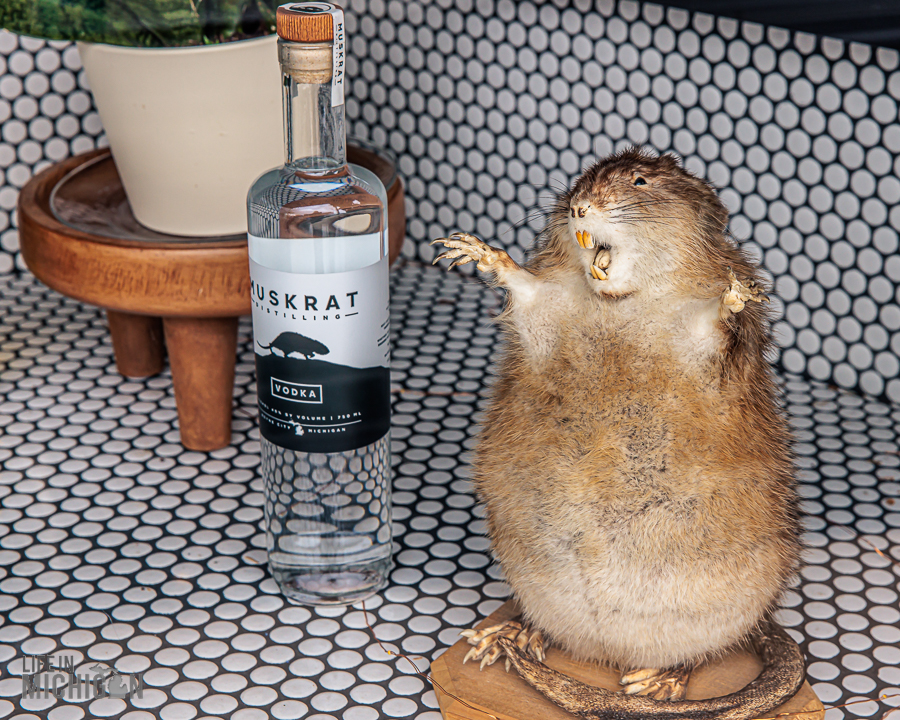
National Morel Mushroom Festival
Kicking off the “Year of the Festival” was the 63rd Annual National Morel Mushroom Festival in Boyne City. This was a revelation to me – who would have thought there is a festival dedicated to the Morel Mushroom, let alone a national one that has been thriving for over six decades? It’s clear that there exists a passionate community of Morel Mushroom enthusiasts who’ve been in on this secret for a long time.
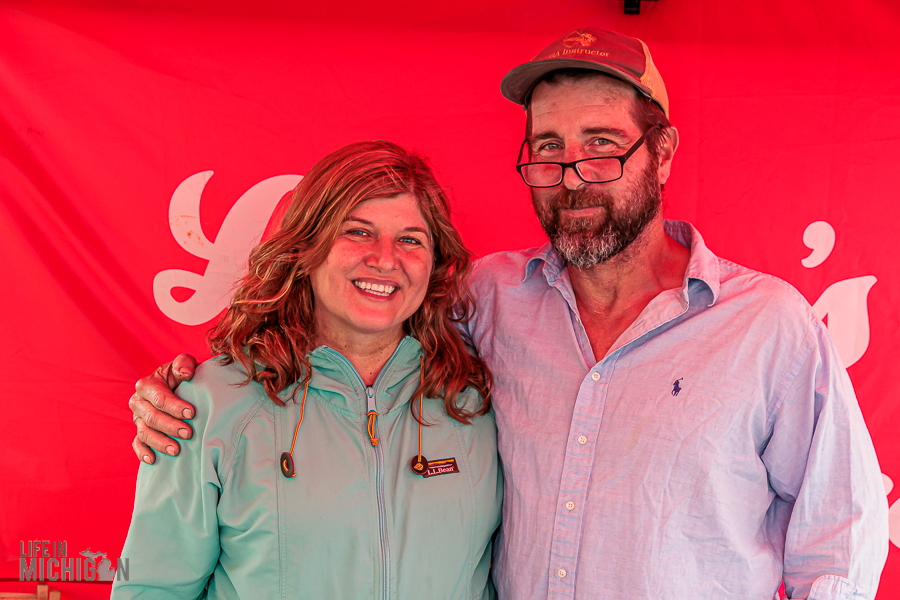
Our adventure was made unforgettable during a morel hunting seminar led by the remarkable Tony Williams, a five-time National Morel Hunting champion. Williams, a gifted storyteller, enchanted us with tales of morel hunting, revealing the secrets of this unique art. Known as the ‘Expert in Residence’ at the festival, his insights delighted both seasoned morel hunters and greenhorns like us. Tony and his wife Robin run the Freshwater Art Gallery and Concert venue in Boyne City.
The origin of this unique festival added an interesting twist to the event. As per Williams, the festival was the result of a bar fight between two individuals who disputed over who was the better morel picker. They decided to settle the argument in the woods, sparking a tradition that continues to this day.
The National Morel Mushroom Festival was our first stop in our ‘Year of the Festival’ series. We’re excited to explore and share more of Michigan’s distinctive festivals in the coming months.

Fundraiser
The National Morel Mushroom Festival is a fundraiser for college scholarships for local high school students in the area of Biology, Natural Science, Hospitality, or Culinary Arts. It’s held the weekend after Mother’s Day over four days. There is a bit of something for everyone:
- Competitive Morel Mushroom Hunt
- Morel Hunting Seminar
- Wine & Dine and Taste of Morel Events
- Morel Giveaway
- Live Music
- Karaoke Party
- Paint in the Park
- Skateboard lessons
- Carnival rides
- Arts & Crafts Show
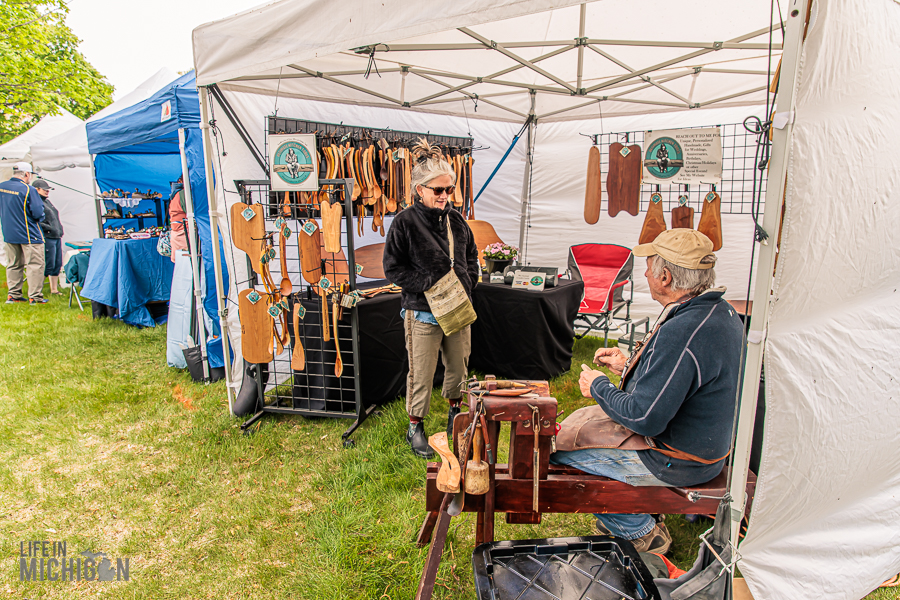
Morel Hunting Seminar
On Friday, May 19, 2023, we had only a few hours to experience the festival. After a stroll through the Arts & Crafts show, we managed to secure seats for the Morel hunting seminar. Despite never having encountered a morel mushroom in the wild, I was oddly curious.
Tony Williams
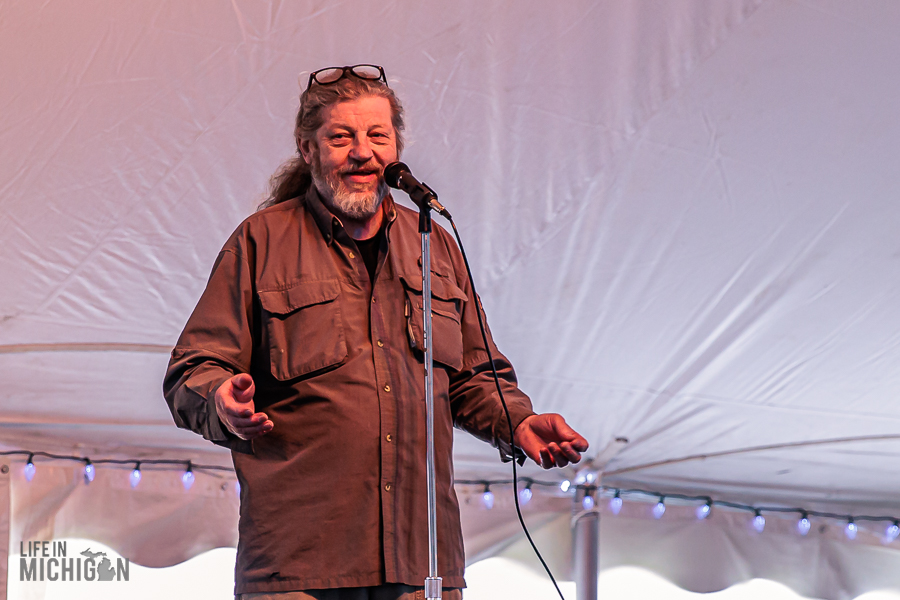
Tony Williams, a five-time National Morel Hunting champion, is a well-known figure in the morel community. He now imparts his wisdom as the “Expert in Residence” at the National Morel Festival, and the DNR has him giving his morel hunting seminar at libraries.
The tradition of hunting for morels runs deep in Tony Williams’s family, with cherished tactics passed down through multiple generations.
Both his grandfathers, Homer and Morris, were loggers who arrived in Boyne City to cut pine. Homer’s wife was the daughter of an Ojibwe Indian and a French fur trapper, who himself had been a morel picker in France before settling in the States.
“My grandfather Homer became this great morel picker. He was a logger, so he was in the woods all the time. He knew the woods, and so it got embedded. My family, my mother, and father were actually morel picking crazy,” Tony said.
He continued, “We’d go out; my mother would make a picnic. We’d pick all morning and have a picnic in the woods, pick in the afternoon, come home and prepare them as a family, A big morel dinner. And it became like a harbinger of spring for my family, and we celebrated the morel every year because we would go as a family to the woods.”
Tony’s Morel Picking Tips
He starts with a disclaimer, “All I can do is tell you what works for me. It’s been successful, and it’s going to be a bunch of little things. I put ’em together when I’m in the woods, and it makes me more successful.”
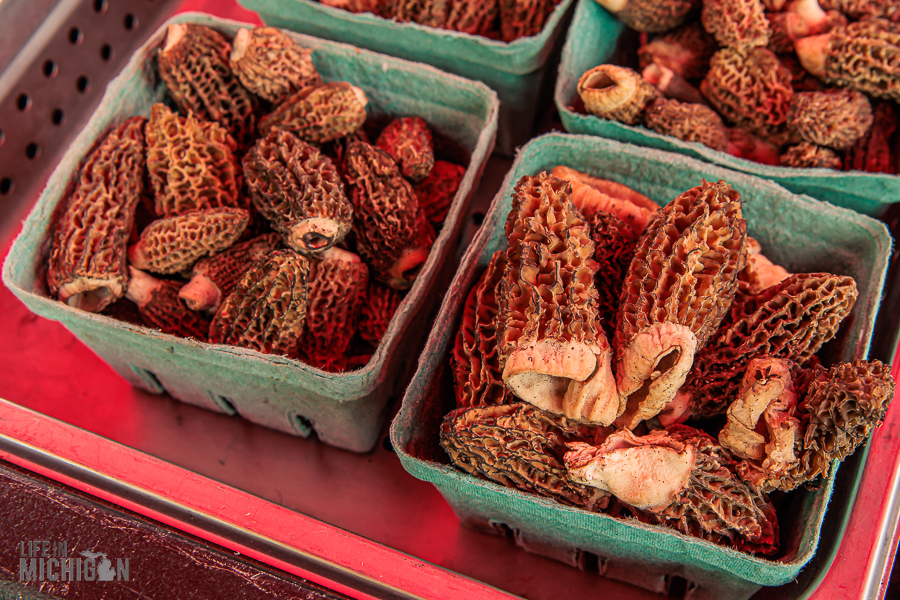
Morel Season
Most consider the morel season to run from April 1st to June 1st. “Somewhere in there, there’ll be four to five good weeks of morel picking. It might start April 1st and end in the middle of May, or it might start in the middle of April and end on June 1st. But there’s about four or five good weeks,” Tony said.
Tony’s Spots
“I have spots,” Tony said, “I have some that have been passed down in my family for over a hundred years. I go back to those spots every two or three days in a good season.” He will continue to go back until the morels finally pop. “My old man used to say, life’s about timing, so keep checking those spots,” he said.
He shared a bit of sage advice about spots, “But these spots, hold onto ’em. Hold onto ’em tight. That’s the deal with them. I don’t tell. My wife and kids, I got spots; they’re not getting yet.” You could see the smile and twinkle in Tony’s eyes from across the room.
When is the best time to pick morels?
Tony answers, “I love picking morels in the rain. Not a heavy thunderstorm, but that all-day rain thing. I love to go out in that. First of all, the woods are a lot different. All of these leaves that you see when the sun is shining that are making shadows, And you go, there’s a morel, and it’s a black shadow, right? Those are gone because of the rain. First of all, it’s overcast; the sun is not out. The rain comes down, gets all those leaves wet, and they lay flat, and the morels are like this.”
Tony extended his arm, then sharply bent it at the elbow in a demonstrative gesture. “They’re easier to spot,” he declared, his voice carrying a hint of laughter. There was a touch of audacity to his movements, bordering on risqué. Yet, it was hard not to admire his innate talent for storytelling.
Where to find morels?
There are two important factors for morel growth, warmth, and water. Morels bud at 57 or 58 degrees.
Tony suggests early in the season to look for valleys. Go right to the ridge and find the ravines that run into the valley. “I start on the southern exposures, so the sun is over there shining towards me, and this ridge is the Southern exposure. And this ridge will warm up quicker,’ Tony said.
He continued, “That northern exposure that’s not getting the sun is a cold ridge. The warm ridge, even though the temperatures might only be up in the, in the low forties, if that sun is beaming down into those leaves and that whole dirt embankment, that ground will warm up into the fifties, and once that hits 57 degrees, 56, 57 degrees. It’s prime for growing.”
Three Trees

Keep in mind morels will grow almost anywhere, but “to hit for average, do these three trees I’m going to tell you about.”
Poplar Trees – Early Season
Poplar trees, the bigger, the better. “I love finding those 80 to hundred-year-old trees. When you find those poplar trees, all those nutrients have been dropping with those leaves for a hundred years. Fertile morel ground.”
You’ll find black morels under mature poplar trees.
Apple Trees – Crossover Season
You’ll find both black and white morels under old apple trees. ”You don’t want the new apple trees. When you’re driving by an old farm, and the windows are broken out. The barns are caving in. Nobody’s lived there in 50 years. Look in the backyard; there’s a dozen apple trees. A hundred years ago, these farmers grew everything, and they grew their own apples.
These old apple orchards, these trees will basically look dead. They’re not burying fruit. They got vines growing up. And they’re big, tall, black. They haven’t been trimmed in 50 years. Those are the trees of big apple trees that you want.”
Ash Trees – Late Season
Late in the season, “You’ll find the big whites,” Tony said. Sadly, many of the big ash trees have been taken by the emerald ash borer.
New Perspective
“I turn around, and I face this ridge now. The dirt, the whole ridge, is up in the air. It’s closer to my sight line, and I’m looking into the side of the hill. I’m not looking down. I have a lot of luck with this one tip alone. When you’re looking into the side of the hill, you’re not seeing the top of the morel.
You’re seeing the whole morel and stem, the whole deal. So when you’re going up that ridge, you’re spotting them.”
When picking a morel, look around. Tony gets down on one knee to demonstrate, “Now I’m no longer 6’3. I’m 3 feet tall, and I’m looking around; oh my God. I’m seeing stuff I didn’t see a minute ago. I have a new perspective. I’m now seeing morels. I couldn’t see when I’m standing up. ”
Treasure Hunt
“It is a treasure hunt, and in a treasure hunt is how much ground you cover,” Tony explained. If you are keen on finding morels, you have got to get moving. He added, “When I was picking in the national championships, I ran, but now at the tender age of 71, I walk about like this how fast I go.” Demonstrating his point as he walked briskly across the stage.
Create a Morel Map
“I see a morel. All right, now everything changes. I’m in no big hurry. They grow together. They grow in bunches. The root system’s called mycelium. It’s a huge system underground. It’s real fine, like a hair neck. When it crosses, it bears fruit. The morel pops up,” Tony said.
He compared the mycelium bed to a river. He finds the edges of the mycelium river. It might be two feet or 200 feet wide. He doesn’t pick the morel. “I just start scoping, you know? And I go, wow, did I run through some? So I go back. I try to scope out where this river goes.” he said.
When he has a handle on the edges of the mycelium bed, he starts picking.
Pinch it off
“I pinch it off with my forefinger and my thumb. I never pull ’em up by the roots. You’re destroying mycelium base, right? People come to me, they got morels, and they are all rooted.
In a big bag, and it’s like, whoa, dude. You’re not only hurting the mycelium, but it’s gonna be a Captain Crunch dinner because you’re contaminating your morels. You want to keep ’em clean. Don’t pull ’em up by the roots. Pitch ’em off with your finger, and that little bit that you leave on the ground is the stem.”
Morels are like watermelons
“Morels are full of water. They are like watermelons. I only put mushrooms in plastic if it is a complete emergency. If you put them in plastic or metal, the water has nowhere to go. I use a paper bag because the paper bag wicks.”
How to store your morels
Tony advises, “You don’t want to confine them in plastic or metal. I put them in a paper bag. When I get home, I put them in a refrigerator.
Let’s say I’m gonna have a dinner in three or four days, and I want these things to stay as good as possible. Tomorrow morning, I take that paper bag out, and I dump it into a fresh paper bag, and this bag is wet. It’s because it’s been wicking the water away from the morels. I put them back in the refrigerator the next day. I’ll do that every morning for three or four days. What happens is your morels will get a little bit drier.
They’re not gonna dehydrate like the machine, but they’ll get a little bit drier. They’ll stay solid and good for cooking. Whereas if you put them in a plastic bowl after three or four days, they’ll get wet and soggy and start to decompose.”
More Festivals
But wait, there are more Michigan Festivals celebrating fruits and veggies:
- National Asparagus Festival, Ocean County
- National Blueberry Festival, South Haven
- National Cherry Festival, Traverse City
The National Morel Mushroom Festival was a delightful divergence from the ordinary. This adventure allowed us to dig deep into the fascinating world of morel mushrooms, savoring not only their unique flavor but also the many rich stories and traditions. It was a taste of Michigan’s distinctive charm, proving that sometimes, the path less traveled can lead to the most unexpected and enjoyable experiences.
More Pictures
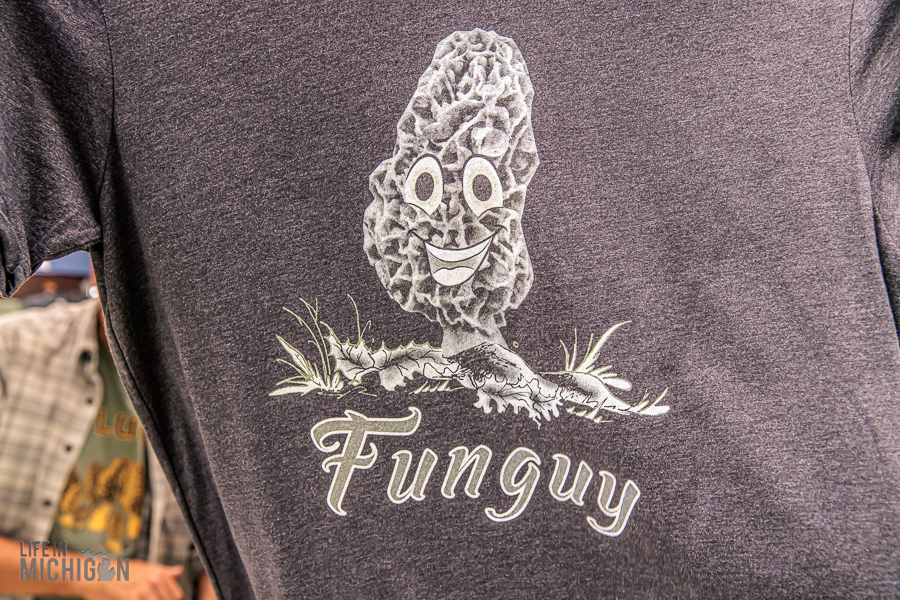
We’ve got more shots from the National Morel Mushroom Festival in our gallery. Please take a peek and let us know what you think. Leave a comment and show some love by sharing this post.
Become a Supporter!
Please become a supporter of Life In Michigan! We need people like you who enjoy our stories to help us keep Life in Michigan strong. If you can, please drop a one-time donation in our tip jar or become a monthly supporter on our Patreon Page.
Share the news if you enjoyed the story on your favorite social media venue, or send it as a link to your friends and family. This is good for everyone!
Stay Connected
We’d love it if you’d like our Facebook page. After you subscribe to our newsletter, Life In Michigan posts are delivered directly to your email box. You can also find us on Instagram.
Cheers!


